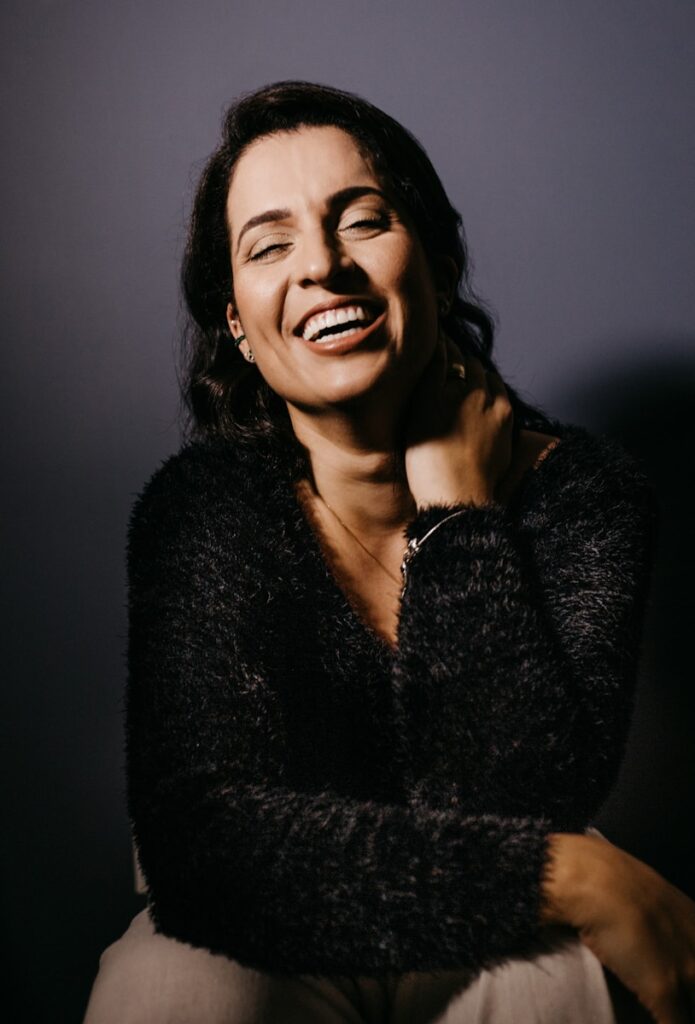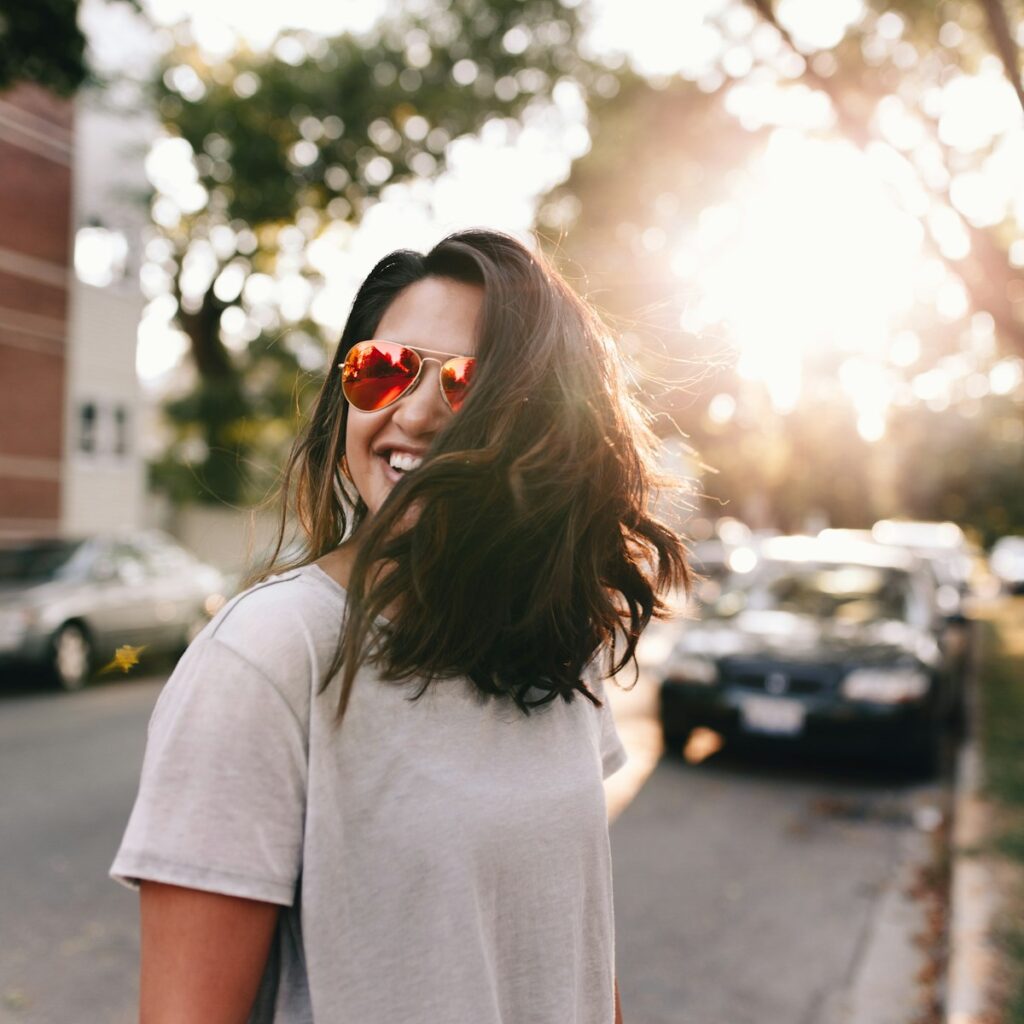A great hair color can bring out your best features and make you feel more confident, but the wrong shade can sometimes do the opposite. For women over 50, choosing a flattering color is not just about covering grays but also about enhancing your complexion and maintaining a fresh, youthful look. Overly harsh tones, flat hues, or outdated trends can unintentionally add years to your appearance. Thankfully, small adjustments in tone and placement can make all the difference. Whether you are thinking of going lighter, darker, or trying something new, understanding which shades to avoid will help you achieve a natural and radiant look that truly complements your age and style.
1. Jet Black Hair

Jet black hair can look dramatic, but it often creates a harsh contrast against lighter skin tones common with age. This deep shade tends to emphasize fine lines, wrinkles, and shadows on the face, making features appear sharper and less youthful. It can also make hair texture look flat and unnatural under certain lighting. To soften your look, consider warmer shades such as espresso brown or chestnut, which bring dimension and brightness to your complexion. These tones complement mature skin beautifully while maintaining a sense of depth and sophistication without appearing too stark.
2. Ashy Gray-Brown

Ashy gray-brown tones can make your complexion appear dull and tired, especially if your natural undertones are warm. These cool hues tend to strip away the natural vibrancy of your skin, emphasizing discoloration or uneven texture. Instead, choosing shades with a hint of gold, caramel, or honey can restore warmth and vitality. Warm brown tones create a natural radiance that enhances your facial features, making you look more refreshed and approachable. If you prefer cooler shades, consider blending neutral highlights to keep balance and depth while avoiding a flat, ashy finish that can unintentionally age your appearance.
3. Platinum Blonde

Platinum blonde hair can look chic, but may not always flatter mature skin tones. This ultra-light color often lacks dimension, which can make thinning hair appear even sparser. It can also wash out the complexion, making it seem pale or uneven. Warmer alternatives like buttery blonde or light honey add softness and a sun-kissed glow that brightens your face. These tones bring back a healthy radiance and are easier to maintain without frequent toning treatments. Opting for lowlights or soft roots can also help create depth, giving your hair a fuller and more youthful overall look.
4. Brassy Blonde

Brassy blonde occurs when hair develops orange or yellow undertones, often from over-processing or sun exposure. This uneven tone can appear outdated and unpolished, drawing attention away from your best features. For women over 50, maintaining a refined blonde shade is key to looking fresh and modern. Using toning shampoos or glazes can help neutralize unwanted warmth, leaving your hair with a smoother, more balanced color. Alternatively, opting for cool beige, champagne, or sandy blonde shades can give a natural yet vibrant appearance that enhances your complexion while keeping your overall look sophisticated and effortlessly elegant.
5. Uniform Hair Color

A single, solid hair color without highlights or depth can make hair look lifeless and one-dimensional. As we age, natural hair often loses pigment and shine, so an overly uniform tone can flatten the appearance of your hairstyle. Adding highlights, lowlights, or subtle balayage can reintroduce light and movement, giving hair a more natural and youthful flow. These layered tones reflect light differently, creating texture and vibrancy. Even soft variations within the same color family can instantly refresh your overall appearance, making your hair look thicker, more dynamic, and full of healthy dimension that flatters mature features beautifully.
6. Deep Red or Burgundy

Deep red or burgundy tones can look striking but may not always complement mature skin tones. These intense shades can accentuate redness or unevenness in the complexion, creating an unflattering contrast. While vibrant colors are appealing, they can also appear too bold and artificial over time. Softer reds, such as warm auburn, copper, or strawberry blonde, are more natural choices that bring brightness and warmth to the face. These tones harmonize better with subtle aging changes, making your skin look healthy and glowing. Choosing a balanced red hue ensures sophistication without overwhelming your features or dulling your natural beauty.
Comments